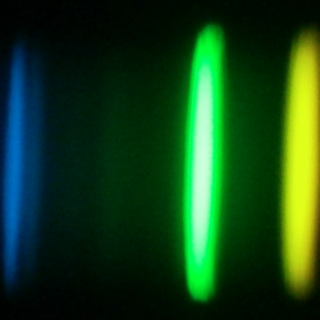Bibcode
Youakim, K.; Starkenburg, E.; Aguado, D. S.; Martin, N. F.; Fouesneau, M.; González Hernández, J. I.; Allende Prieto, C.; Bonifacio, P.; Gentile, M.; Kielty, C.; Côté, P.; Jablonka, P.; McConnachie, A.; Sánchez Janssen, R.; Tolstoy, E.; Venn, K.
Bibliographical reference
Monthly Notices of the Royal Astronomical Society, Volume 472, Issue 3, p.2963-2974
Advertised on:
12
2017
Citations
60
Refereed citations
53
Description
The Pristine survey is a narrow-band, photometric survey focused around
the wavelength region of the Ca II H&K absorption lines, designed to
efficiently search for extremely metal-poor stars. In this work, we use
the first results of a medium-resolution spectroscopic follow-up to
refine the selection criteria for finding extremely metal-poor stars
([Fe/H] ≤ -3.0) in the Pristine survey. We consider methods by which
stars can be selected from available broad-band and infrared photometry
plus the additional Pristine narrow-band photometry. The sample consists
of 205 stars in the magnitude range 14 < V < 18. Applying the
photometric selection criteria cuts the sample down to 149 stars, and
from these we report a success rate of 70 per cent for finding stars
with [Fe/H] ≤ -2.5 and 22 per cent for finding stars with [Fe/H] ≤
-3.0. These statistics compare favourably with other surveys that search
for extremely metal-poor stars, namely an improvement by a factor of
∼4 - 5 for recovering stars with [Fe/H] ≤ -3.0. In addition,
Pristine covers a fainter magnitude range than its predecessors and can
thus probe deeper into the Galactic halo.
Related projects

Chemical Abundances in Stars
Stellar spectroscopy allows us to determine the properties and chemical compositions of stars. From this information for stars of different ages in the Milky Way, it is possible to reconstruct the chemical evolution of the Galaxy, as well as the origin of the elements heavier than boron, created mainly in stellar interiors. It is also possible to
Carlos
Allende Prieto